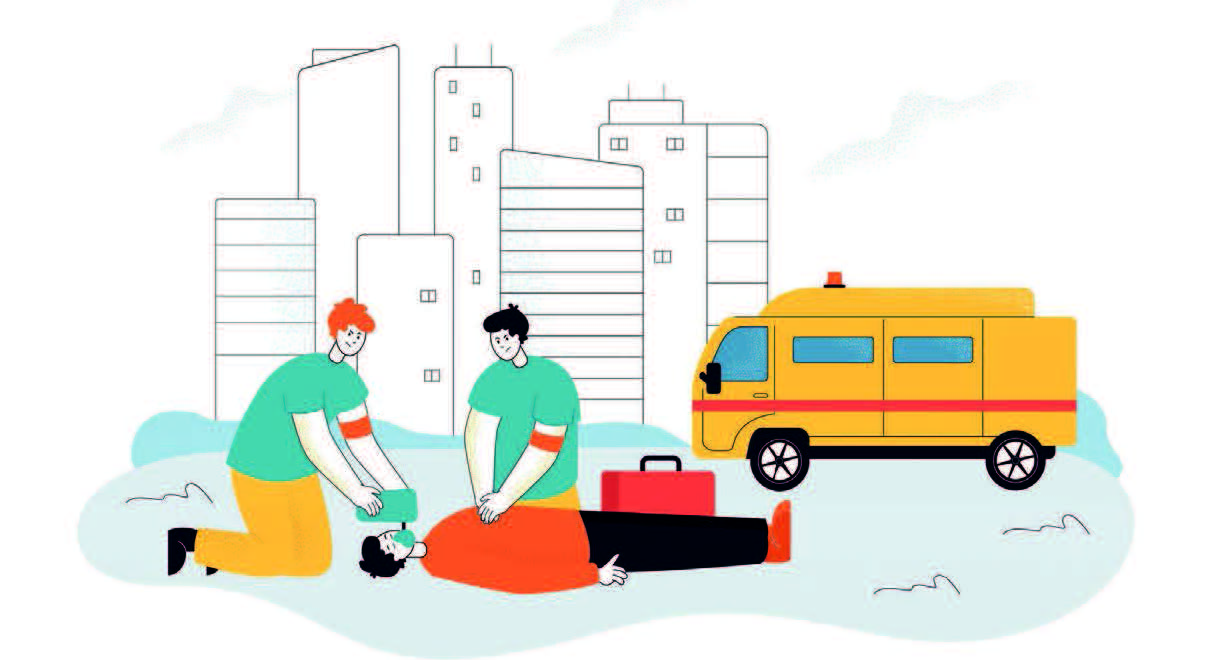By Chit Ko Pe
IN THIS very newspaper on 27 August 2022, I wrote an article titled “Community care with first aid”. This article serves as a supplement to it.
The devastating 7.7-magnitude earthquake that struck Myanmar on 28 March 2025 has so far resulted in the loss of many lives and damage to numerous properties. Local and foreign humanitarian assistance has been pouring in to support rescue and rehabilitation efforts.
In its wake, the urgent need for an effective, community-driven emergency response system has become clear. Resilience must come from the ground up. Building core capacity for rescue and emergency preparedness, especially at the ward and village levels, offers a sustainable pathway toward disaster readiness. Myanmar’s geopolitical context makes it uniquely reliant on local capacity. Community-based rescue and preparedness is not just an alternative, it is a necessity. By equipping local communities to act swiftly in the event of earthquakes, floods, landslides, or other disasters, lives can be saved in the critical minutes and hours before external help arrives. Local preparedness also ensures that marginalized groups, such as the elderly, people with disabilities, and those in remote ethnic areas, are not left behind. In other words, it is a bottom-up solution while the government institutions and agencies apply a top-down approach.
The community-driven strategies are outlined as follows:-
1. Establish community-based emergency response teams: Let ward/ village-tract administration offices act as the nerve centres for community preparedness and response.
2. Provide training and drills: Training local volunteers in disaster preparedness, search and rescue operations, and first aid can create a network of first responders ready to act swiftly in emergencies. It shall start with training one or two individuals per ward in basic rescue, first aid, and communication. These people then train others. Periodic -biannual or annual, community drills can help keep skills fresh and encourage public participation. Religious institutions, schools, and local NGOs can serve as training venues and community mobilizers.
3. Invest in local infrastructure and equipment: The lack of heavy machinery and proper equipment hinders rescue efforts, forcing many to rely on manual labour. Investing in essential tools and infrastructure at the community level can expedite response times in future disasters. Local donors shall consider it.
4. Develop decentralized communication networks: Establishing reliable, community-based communication systems can ensure timely information dissemination and coordination during emergencies. Social media is a great tool in organizing teams, sharing real-time info, and tracking needs.
5. Get mapping and information systems: Conduct vulnerability mapping at the ward level (e.g., buildings prone to collapse, elderly people living alone, pregnant women, infants, etc.).
6. Create resource pooling: Encourage community stockpiles such as basic medical supplies, rescue tools, and water purification kits stored in shared local facilities. Conduct local donation drives to fund these necessities.
7. Foster local and cross-community coordination: Neighbourhoods should stay connected via local communication systems -phones, social media groups, or community bulletin boards. Coordination between neighbouring wards allows for shared resources and mutual aid during large-scale disasters.
Building core capacity at the community level empowers people to save lives, protect their neighbourhoods, and recover more quickly after disasters. By investing in people, tools, local systems, and inclusive coordination, Myanmar can cultivate a resilient society that is ready to face the risks posed by natural disasters. If so, Myanmar can strengthen its internal capacities to respond effectively to natural disasters, reducing dependence on external assistance and fostering resilience within its communities.
The time for community-based preparedness is not tomorrow – it is today.


